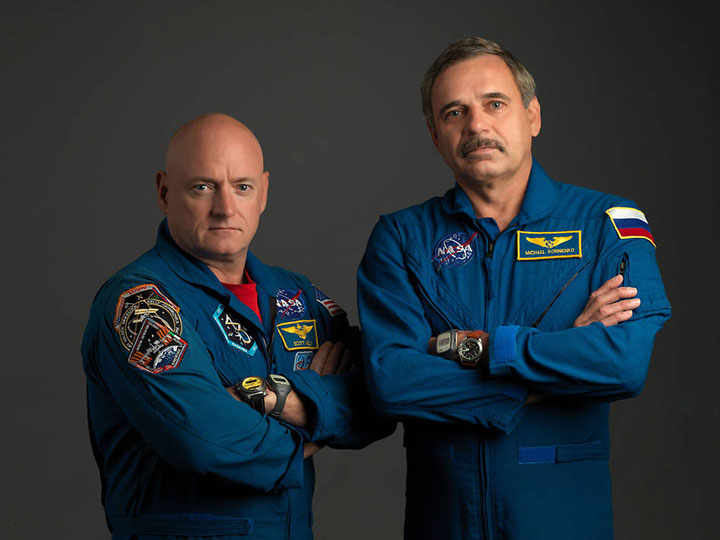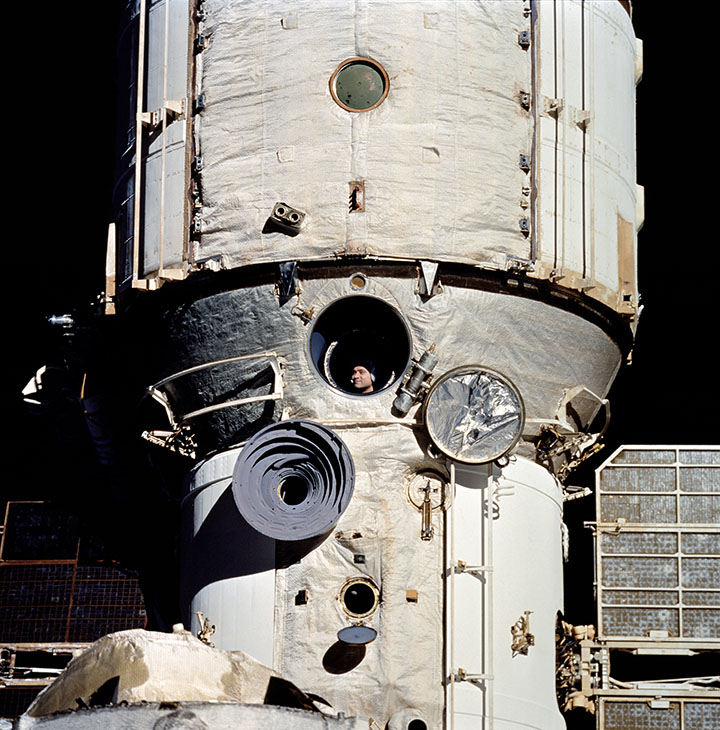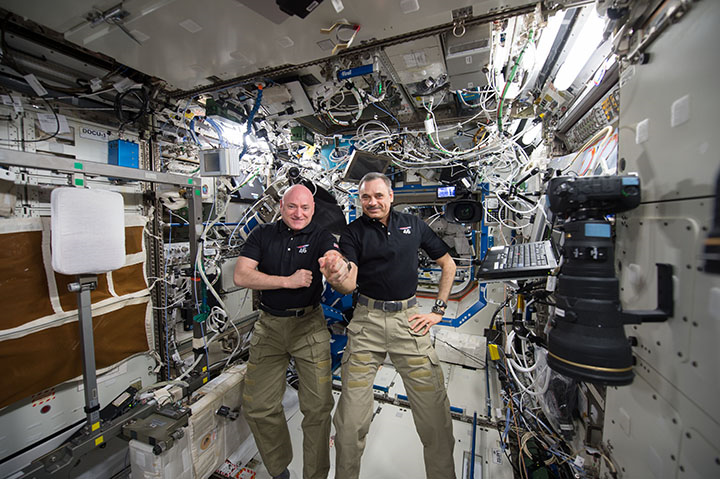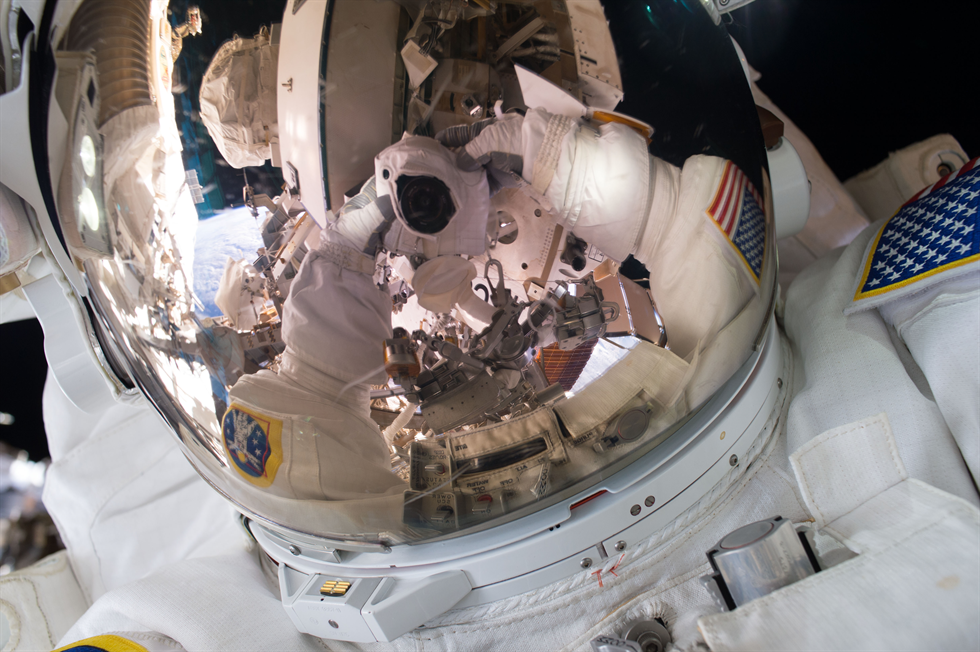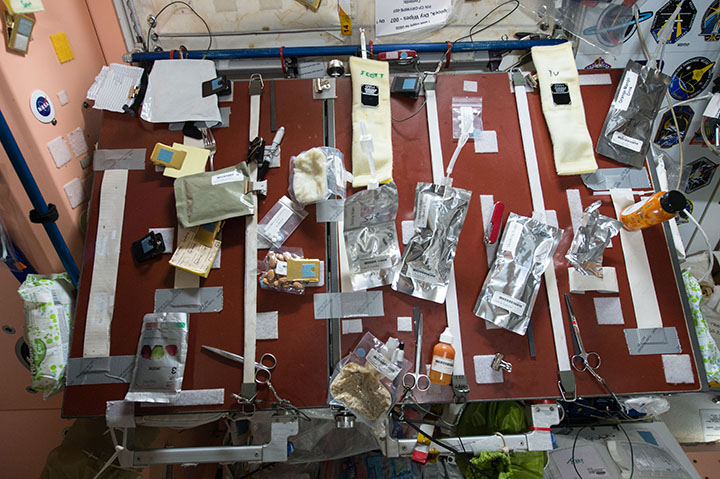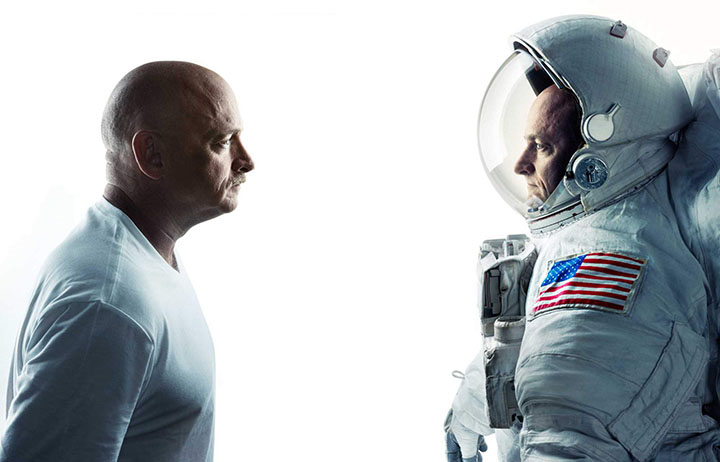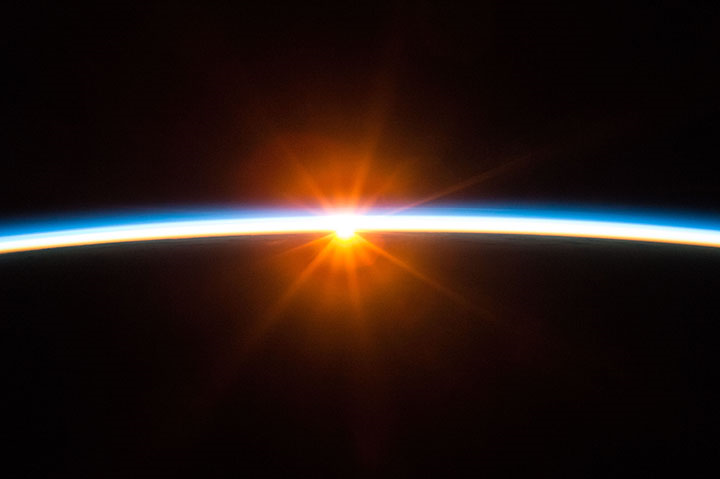Ten things to know about Scott Kelly’s #YearInSpace
1. It’s actually more like a three-year mission.
NASA astronaut Scott Kelly and Russian cosmonaut Mikhail Kornienko may have had a year-long stay in space, but the science of their mission will span more than three years. One year before they left Earth, Kelly and Kornienko began participating in a suite of investigations aimed at better understanding how the human body responds to long-duration spaceflight. Samples of their blood, urine, saliva and more all make up the data set scientists will study. The same kinds of samples continued to be taken throughout their stay in space, and will continue for a year or more once they return.
2. What we learn is helping us get to Mars.
One of the biggest hurdles of getting to Mars is ensuring humans are “go” for a long-duration mission and that crew members will maintain their health and full capabilities for the duration of a Mars mission and after their return to Earth. Scientists have solid data about how bodies respond to living in microgravity for six months, but significant data beyond that timeframe had not been collected … until now. A mission to Mars will likely last about three years, about half the time coming and going to Mars and about half the time on Mars. We need to understand how human systems like vision and bone health are affected by the 12 to 16 months living on a spacecraft in microgravity, and what countermeasures can be taken to reduce or mitigate risks to crew members during the flight to and from Mars. Understanding the challenges facing humans is just one of the ways research aboard the space station helps our journey to Mars.
3. The science will take some time.
While scientists will begin analyzing data from Kelly and Kornienko as soon as they return to Earth, it could be anywhere from six months to six years before we see published results from the research. The scientific process takes time, and processing the data from all the investigations tied to the one-year mission will be no easy task. Additionally, some blood, urine and saliva samples from Kelly and Kornienko will still be stored in the space station freezers until they can be returned on the SpaceX Dragon spacecraft. Early on in the analytical process scientists may see indications of what we can expect, but final results will come long after Kelly and Kornienko land.
4. This isn’t the first time someone has spent a year in space.
However, this is the first time that extensive research, using exciting new techniques like genetic studies, has been conducted on very long-duration crew members. NASA astronaut Scott Kelly is the first American to complete a continuous, year-long mission in space, and is now the American who has spent the most cumulative time in space, but it’s not the first time humans have reached this goal. Previously, only four humans have spent a year or more in orbit on a single mission, all aboard the Russian Mir Space Station. They all participated in significant research proving that humans are capable of living and working in space for a year or more. Russian cosmonaut Valery Polyakov spent 438 days aboard Mir between January 1994 and March 1995 and holds the all-time record for the most continuous days spent in space. Cosmonaut Sergei Avdeyev spent 380 days on Mir between August 1998 and August 1999, and cosmonauts Vladimir Titov and Musa Manarov completed a 366-day mission from December 1987 to December 1988.
5. International collaboration is key.
The International Space Station is just that: international. The one-year mission embodies the spirit of collaboration across countries in the effort to mitigate as many risks as possible for humans on long-duration missions. Data collected on both Kelly and Kornienko will be shared between the United States and Russia, and international partners. These kinds of collaborations help increase more rapidly the biomedical knowledge necessary for human exploration, reduce costs, improve processes and procedures, and improve efficiency on future space station missions.
6. So much science!
During Kelly’s year-long mission aboard the orbiting laboratory, his participation in science wasn’t limited to the one-year mission investigations. He also worked on some of the almost 400 science studies that were ongoing during his year in space, helping NASA reach for new heights, reveal the unknown and benefit all of humanity. His time aboard the station included blood draws, urine collection, saliva samples, computer tests, journaling, caring for two crops in the Veggie plant growth facility, ocular scans, ultrasounds, using the space cup, performing runs with the SPHERES robotic satellites, measuring sound, assisting in configuring cubesats to be deployed, measuring radiation, participating in fluid shifts testing in the Russian CHIBIS pants, logging his sleep and much, much more. All of this was in addition to regular duties of station maintenance, including three spacewalks!
7. No more food in pouches.
After months of eating food from pouches and cans and drinking through straws, Kelly and Kornienko will be able to celebrate their return to Earth with food of their choice. While aboard the space station, their food intake is closely monitored and designed to provide exactly the nutrients they need. Crew members do have a say in their on-orbit menus, but often miss their favorite meals from back home. Once they return, they won’t face the same menu limitations as they did in space. As soon as they land on Earth and exit the space capsule, they are usually given a piece of fruit or a cucumber to eat as they begin their initial health checks. After Kelly makes the long flight home to Houston, he will no doubt greatly savor those first meals.
8. After the return comes reconditioning.
You’ve likely heard the phrase, “Use it or lose it.” The same thing can be said for astronauts’ muscles and bones. Muscles and bones can atrophy in microgravity. While in space, astronauts have a hearty exercise regimen to fight these effects, and they continue strength training and reconditioning once they return to Earth. They will also participate in Field Tests immediately after landing. Functional Task Tests once they are back at NASA’s Johnson Space Center will assess how the human body responds to living in microgravity for such a long time. Understanding how astronauts recover after long-duration spaceflight is a critical piece in planning for missions to deep space.
9. Twins Studies have researchers seeing double.
One of the unique aspects of Kelly’s participation in the one-year mission is that he has an identical twin brother, Mark, who is a former astronaut. The pair have taken part in a suite of studies that use Mark as a human control on the ground during Scott’s year-long stay in space. The Twins Study is comprised of 10 different investigations coordinating together and sharing all data and analysis as one large, integrated research team. The investigations focus on human physiology, behavioral health, microbiology/microbiome and molecular/omics. The Twins Study is multi-faceted national cooperation between investigations at universities, corporations and government laboratories.
10. This mission will help determine what comes next.
The completion of the one-year mission and its studies will help guide the next steps in planning for long-duration deep space missions that will be necessary as humans move farther into the solar system. Kelly and Kornienko’s mission will inform future decisions and planning for other long-duration missions, whether they are aboard the space station, a deep-space habitat in lunar orbit or a mission to Mars.
Rachel Hobson
International Space Station Program Science Office
NASA’s Johnson Space Center
